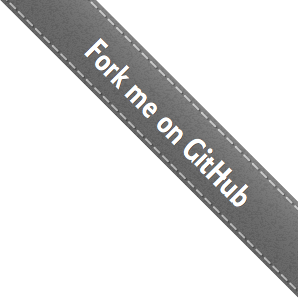Installation
The suggested and easiest way to install Homebrew is on the homepage.
The standard script installs Homebrew to /usr/local so that
you don’t need sudo when you
brew install. It is a careful script; it can be run even if you have stuff
installed to /usr/local already. It tells you exactly what it will do before
it does it too. And you have to confirm everything it will do before it starts.
Requirements
- An Intel CPU 1
- OS X 10.10 or higher 2
- Command Line Tools (CLT) for Xcode:
xcode-select --install, developer.apple.com/downloads or Xcode 3 - A Bourne-compatible shell for installation (e.g. bash or zsh) 4
Alternative Installs
Untar anywhere
Just extract (or git clone) Homebrew wherever you want. Just
avoid:
- Directories with names that contain spaces. Homebrew itself can handle spaces, but many build scripts cannot.
/swand/opt/localbecause build scripts get confused when Homebrew is there instead of Fink or MacPorts, respectively.
However do yourself a favor and install to /usr/local. Some things may
not build when installed elsewhere. One of the reasons Homebrew just
works relative to the competition is because we recommend installing
to /usr/local. Pick another prefix at your peril!
mkdir homebrew && curl -L https://github.com/Homebrew/brew/tarball/master | tar xz --strip 1 -C homebrew
Multiple installations
Create a Homebrew installation wherever you extract the tarball. Whichever brew command is called is where the packages will be installed. You can use this as you see fit, e.g. a system set of libs in /usr/local and tweaked formulae for development in ~/homebrew.
Uninstallation
Uninstallation is documented in the FAQ.
1 Not all formulae have CPU or OS requirements, but you can assume you will have trouble if you don’t conform. Also, you can find PowerPC and Tiger branches from other users in the fork network. See Interesting Taps and Forks.
2 10.10 or higher is recommended. 10.5–10.9 are supported on a best-effort basis. For 10.4 see Tigerbrew.
3 Most formulae require a compiler. A handful require a full Xcode installation. You can install Xcode, the CLT, or both; Homebrew supports all three configurations. Downloading Xcode may require an Apple Developer account on older versions of Mac OS X. Sign up for free here.
4 The one-liner installation method found on brew.sh requires a Bourne-compatible shell (e.g. bash or zsh). Notably, fish, tcsh and csh will not work.

